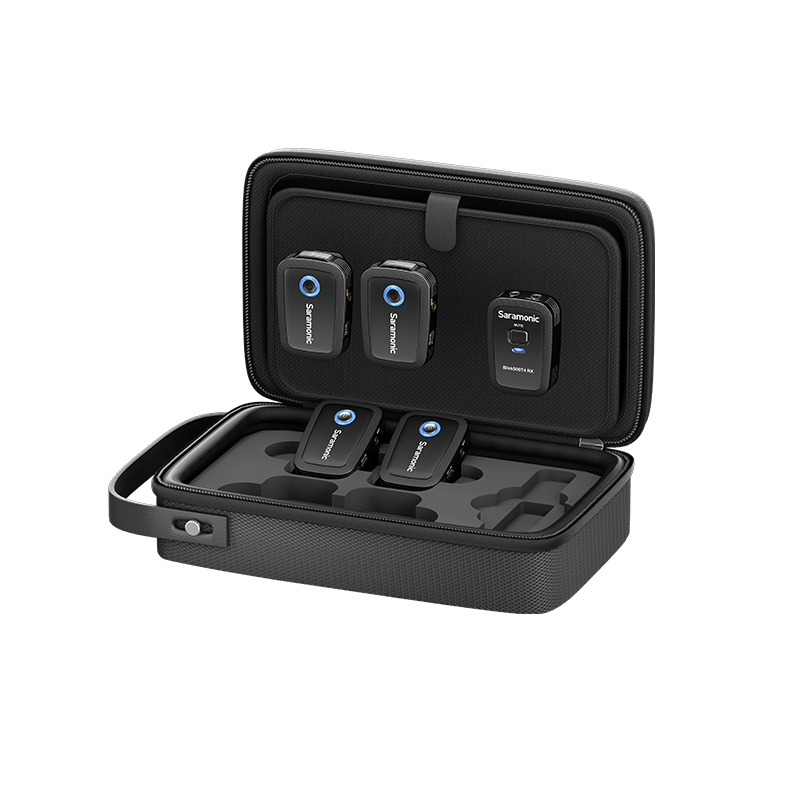Unlock Crystal-Clear Sound: The Ultimate Guide to Choosing Your Perfect Wireless Microphone System!
Sound quality is a critical component in any setting—be it a business presentation, a live performance, or a personal recording. Poor audio can undermine the effectiveness of your message, while clear sound can elevate an experience. With the rising popularity of wireless microphone systems, both individuals and professionals are seeking solutions that offer flexibility and high-quality audio without the hassle of cables. This guide aims to provide you with essential insights into selecting the right wireless microphone system tailored to your specific needs, ensuring that every word and note you deliver is heard loud and clear.

Understanding Wireless Microphone Systems
A wireless microphone system comprises two main components: the transmitter and the receiver. The transmitter captures your voice or sound and sends it wirelessly to the receiver, which then outputs the audio to a sound system or recording device. There are various types of wireless microphones, including handheld, lavalier (clip-on), and headset microphones. Each type serves different purposes; for instance, handheld microphones are perfect for singers or speakers who prefer to hold the mic, while lavalier mics are excellent for presenters who need to move around without restrictions. Personal experiences shared by friends reveal that the choice of microphone often depends on specific use cases. One friend, a performer, swears by a handheld mic for its sound quality, while another prefers a lavalier for seamless presentations.
Factors to Consider When Choosing a Wireless Microphone System
When selecting a wireless microphone system, several key factors come into play. First and foremost is the range; you need to ensure that the microphone can transmit audio effectively over the distance you require. Battery life is equally crucial, especially for lengthy events where changing batteries mid-performance is not an option. Frequency response affects how accurately the microphone captures sound, and compatibility with existing audio equipment can save you from future headaches. The intended use also plays a role—live events may demand different features compared to studio recordings or casual use. A friend who often hosts events shared that investing in a good-quality receiver made a world of difference in their audio clarity during large gatherings. Therefore, consider your primary use case when making your decision.
Frequency Ranges and Interference Issues
Wireless microphones operate on various frequency ranges, primarily VHF, UHF, and digital. Each has its own advantages and drawbacks. VHF systems are often less expensive but more susceptible to interference, while UHF systems provide better sound quality and range, making them popular among professionals. Digital systems offer enhanced security and clarity but may come at a higher price point. Interference can arise from other electronic devices, so it’s essential to choose a system that minimizes these issues. For instance, selecting frequencies that are less crowded in your intended environment can help. A friend's experience with interference during a live event underscored the importance of proper frequency selection; they learned the hard way that testing before the event is key to a smooth experience.
Budgeting for Your Wireless Microphone System
Determining your budget for a wireless microphone system is an essential step in your purchasing process. The price of these systems can vary widely, often correlating with features such as range, battery life, and sound quality. While it’s tempting to go for the cheapest option, investing in a system that meets your needs—without breaking the bank—is crucial. Prioritize features that are non-negotiable for your use case. If you’re a musician, sound quality might be paramount, while a speaker may prioritize range and battery life. A friend who recently purchased a mid-range system discovered that spending a bit more provided significantly better audio quality, ultimately enhancing their overall performance experience. Finding the right balance between affordability and quality is key.
Setting Up and Using Your Wireless Microphone System
Once you’ve chosen your wireless microphone system, setting it up correctly is vital for optimal performance. Start by reading the manual, as every system can have its unique setup requirements. Ensure that the receiver is positioned in a location with a clear line of sight to the transmitter to avoid dropouts. Common mistakes include failing to check battery levels before an event or neglecting to test the audio output. Troubleshooting issues like sound dropouts or interference often involves checking connections and ensuring that you're on the correct frequency. Practicing with the system prior to your event can help you become familiar with its operation. A friend who regularly uses microphones emphasized the importance of this practice; they found that rehearsing with the system helped them avoid unexpected hiccups during live performances.
Key Takeaways for Choosing Wireless Microphone Systems
In conclusion, selecting the right wireless microphone system is essential for achieving optimal sound quality, whether for personal or professional use. By understanding the components and features that matter, considering your specific needs, and taking the time to research various options, you can make an informed decision. Good sound quality can significantly enhance communication and performance, making it well worth the investment. Remember, every great presentation or performance starts with crystal-clear sound, so take the leap and invest in a wireless microphone system that empowers your voice!











